jimi43
Established Member
Our dear friend Pedder out in Germany recently purchased a selection of British tools from the UK and kindly let me keep a little woodie skew rebate plane which caught my eye.
The thing that I loved was the old stamp...
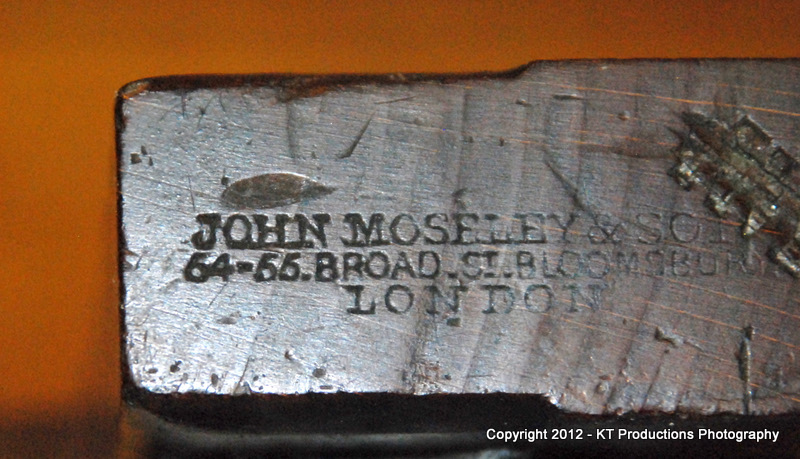
John Moseley and Sons....54-55 Broad St. Bloomsbury which puts it between 1862 and 1880 when they were bought out by Mr Marples.
The iron was pretty rough and totally non-original but after I sharpened up and straightened out the end with its coat of many bevels...I was totally surprised at the ability of this old lady....
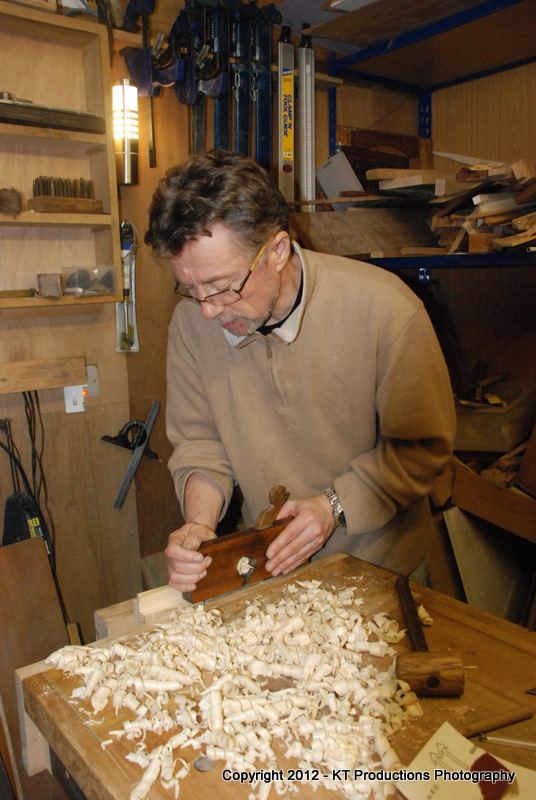
The mouth was wider than the Thames estuary around about Margate area....
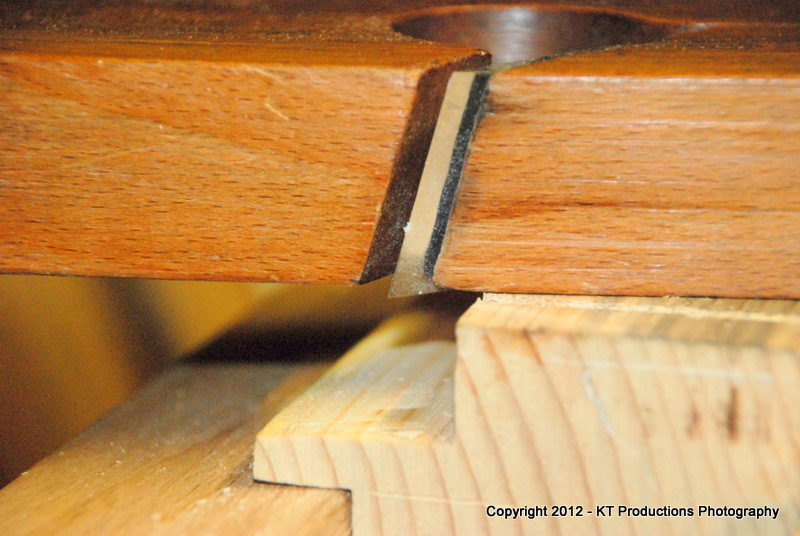
(that's not rust at the bottom...just a reflection!) but it cut with ease and absolutely no chatter....from very coarse rapid stock removal to delicate fine gossamers.
Using my very horrible test piece of some sort of pine...I sort of got carried away and ended up with a pile of fine curly shavings and a rabbet about as deep as the grand canyon....but you get the idea!
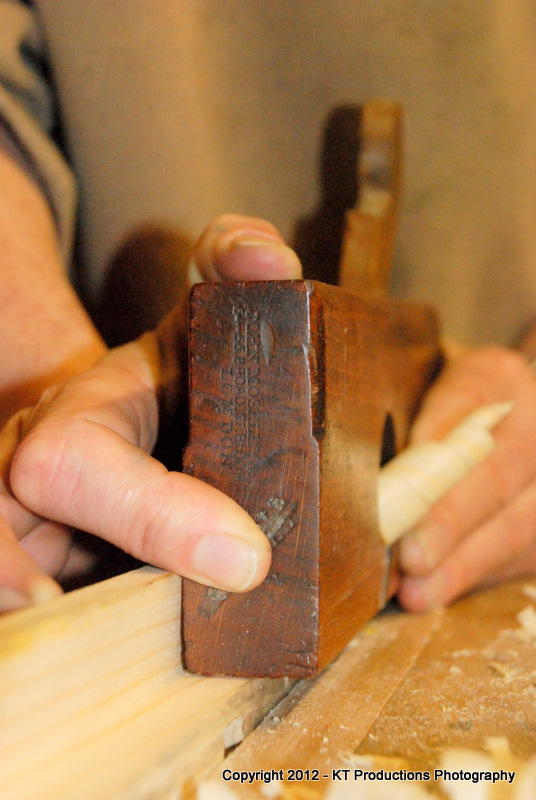
Ok...ok...I'm not about to sell or ditch any of my infill shoulders just yet but I am truly impressed by this woodie....it's a little darling and gives out the very satisfying swishing noise you get when you know a plane is performing to perfection...
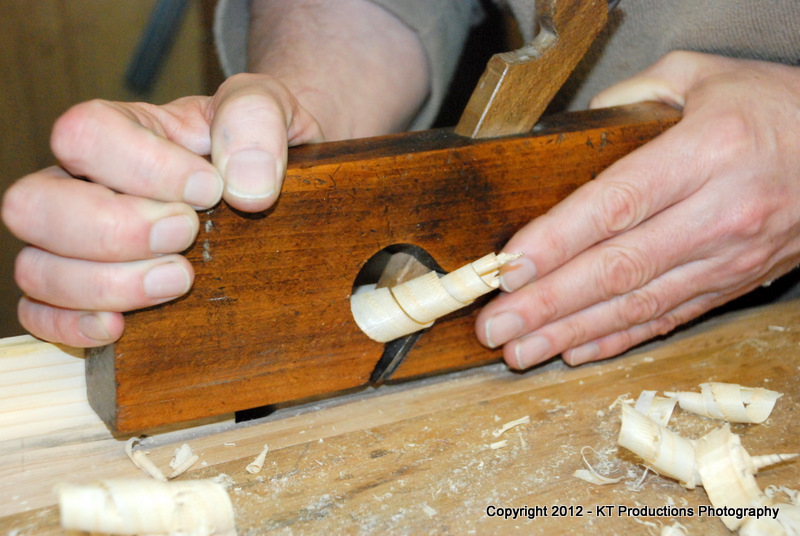
...creating the most sublime swirling shavings with such ease.
So next time I'm wandering the bootfairs looking for infills....I think some of the older versions of these wooden gems might get a second look...
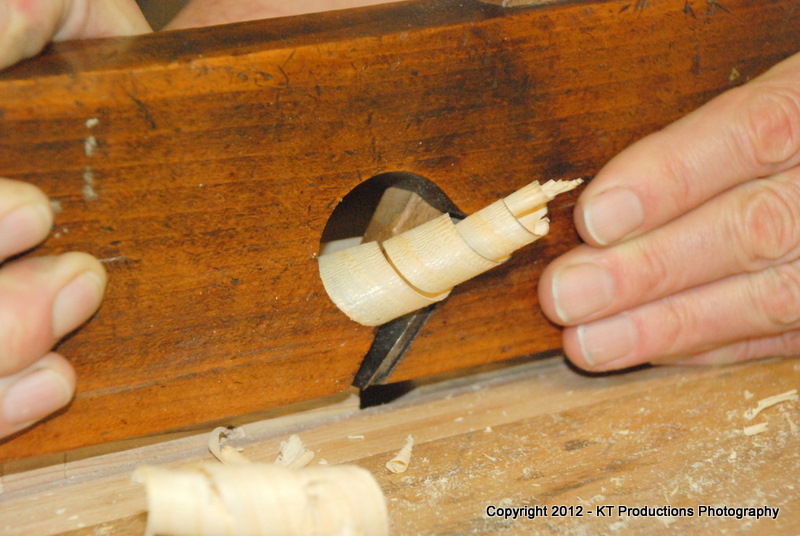
....particularly if they have a matching Moseley and Sons iron!!!
Cheers
Jim
The thing that I loved was the old stamp...

John Moseley and Sons....54-55 Broad St. Bloomsbury which puts it between 1862 and 1880 when they were bought out by Mr Marples.
The iron was pretty rough and totally non-original but after I sharpened up and straightened out the end with its coat of many bevels...I was totally surprised at the ability of this old lady....

The mouth was wider than the Thames estuary around about Margate area....

(that's not rust at the bottom...just a reflection!) but it cut with ease and absolutely no chatter....from very coarse rapid stock removal to delicate fine gossamers.
Using my very horrible test piece of some sort of pine...I sort of got carried away and ended up with a pile of fine curly shavings and a rabbet about as deep as the grand canyon....but you get the idea!

Ok...ok...I'm not about to sell or ditch any of my infill shoulders just yet but I am truly impressed by this woodie....it's a little darling and gives out the very satisfying swishing noise you get when you know a plane is performing to perfection...

...creating the most sublime swirling shavings with such ease.
So next time I'm wandering the bootfairs looking for infills....I think some of the older versions of these wooden gems might get a second look...

....particularly if they have a matching Moseley and Sons iron!!!
Cheers
Jim





